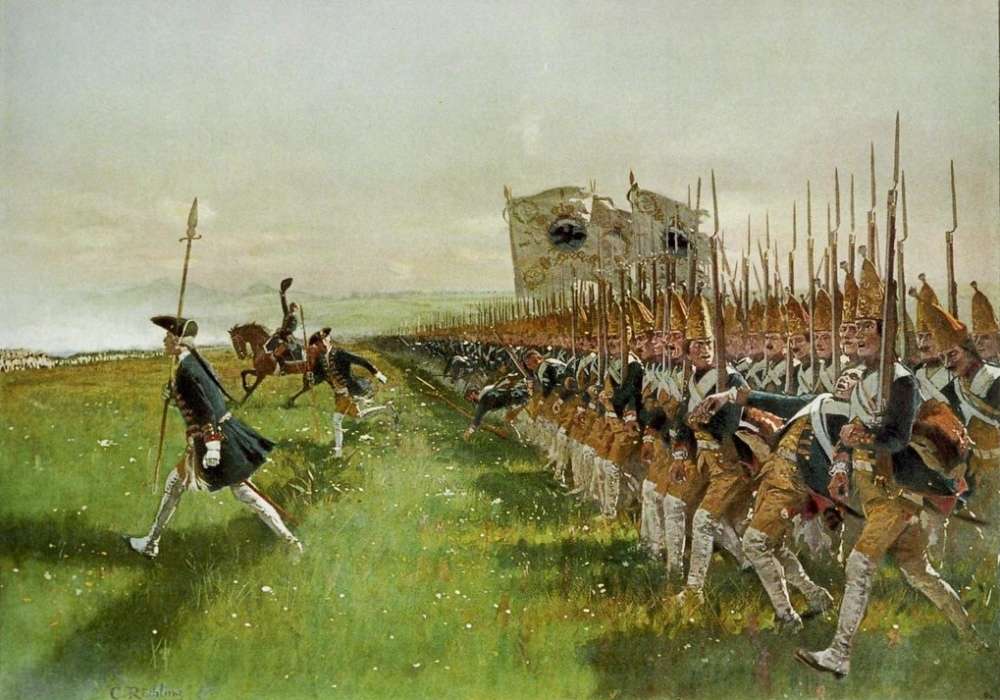
Image: The Potsdam Giants at the Battle of Hohenfriedberg (by Carl Röchling, public domain)
In the early 18th century, nestled in the corner of Europe, the small kingdom of Prussia was ruled by a man consumed by militarism.
That man was Frederick William I.
Nicknamed the “Soldier King,” he was known for cutting royal extravagance and enforcing military discipline with a rigor unmatched by his contemporaries. But what he loved most throughout his life was not tactics, nor bayonets—it was tall soldiers.
His obsession would give rise to one of the strangest units in European military history: a regiment composed solely of exceptionally tall men, known as the Potsdam Giants. This force would leave an eerie imprint on the very fabric of the Prussian state.
This article explores the origins and demise of this unusual regiment—an embodiment of the king’s peculiar vision.
【The Birth of the Soldier King】
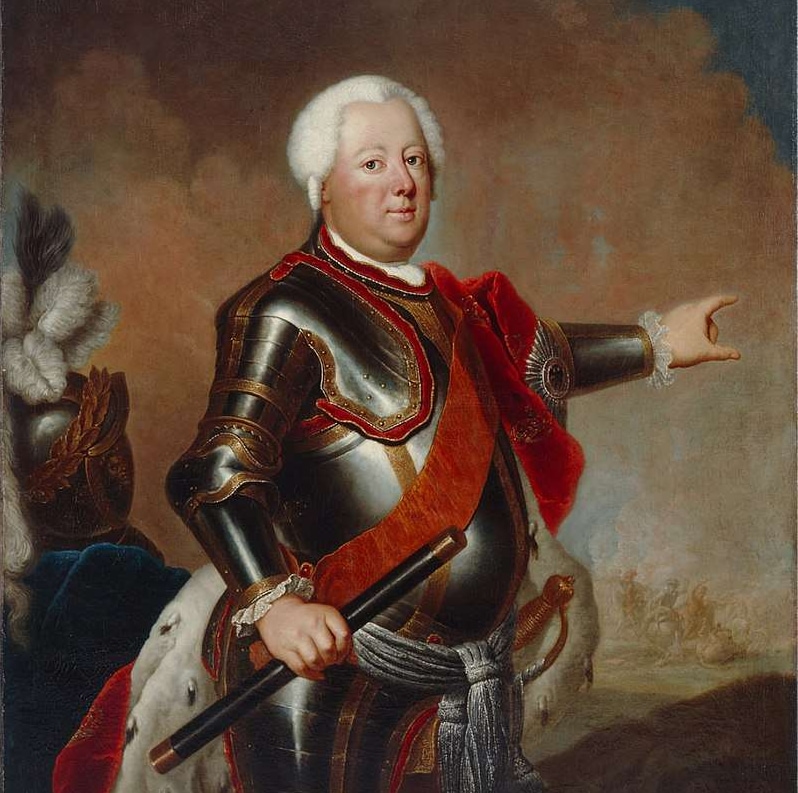
Image: Frederick William I of Prussia, who himself stood only about 160 cm tall (public domain)
Frederick William I was born in 1688 in Berlin, heir to the House of Hohenzollern. As a young boy, he looked with disdain upon the lavish lifestyle and wasteful spending of his father, King Frederick I.
Groomed for kingship, he gradually developed his own ideals of leadership—marked by austerity and military discipline.
When he ascended the throne at the age of 25 following his father’s death in 1713, he immediately began slashing court expenses and restructuring the military.
He abolished royal banquets, music, and dance, replacing them with the thunder of marching boots and the clatter of steel. To Frederick William I, the ideal state was one that functioned like an army: efficient, obedient, and unified under strict command.
Under his reign, the Prussian military grew to more than 80,000 troops. Among them was a unique group that would soon attract notoriety—the Potsdam Giants (German: Potsdamer Riesengarde).
【A Bizarre Aesthetic Obsession】
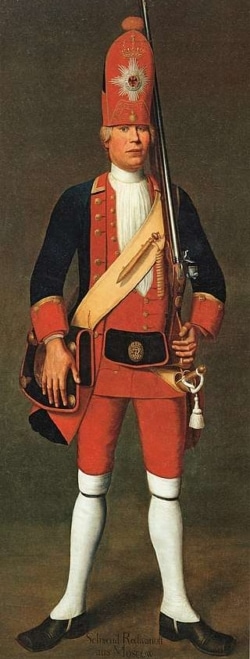
Image: Portrait of a Potsdam Giant soldier, held by the German Historical Museum (public domain)
Though fiercely pragmatic, Frederick William I harbored a curious aesthetic fixation—an intense attraction to exceptionally tall men.
Some historians argue this obsession had practical roots, believing taller soldiers were more imposing in combat. Others believe it bordered on fetishistic affection.
Regardless of the cause, the king began assembling a regiment in Potsdam composed exclusively of tall men.
Ideal recruits were over 188 cm tall—an extraordinary height for the time. The king ordered envoys and officers abroad to report any suitable candidates, and there are even accounts of him attempting to “acquire” tall foreigners by force, nearly sparking diplomatic incidents.
The Giants were generously paid and outfitted with custom uniforms. During parades, they were treated as living spectacles, with their already-towering stature exaggerated by tall hats designed to intimidate.
Some reports suggest the king even encouraged selected soldiers to reproduce with tall women in hopes of producing even taller offspring. Despite having no knowledge of genetics, he approached the project with the zeal of a breeder—an unsettling echo of eugenic logic.
【Clashing with His Son】
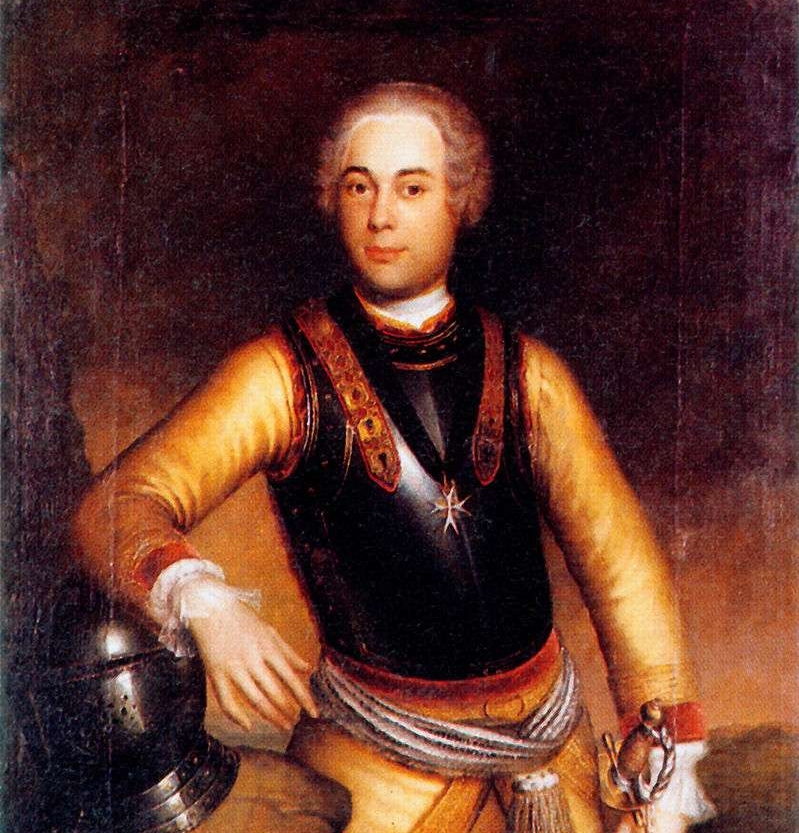
Image: The execution of Hans Hermann von Katte, carried out before Crown Prince Frederick (public domain)
The king’s militarism extended mercilessly into his family life.
His son, the future Frederick II (later known as Frederick the Great), was more inclined toward music, literature, and French Enlightenment ideals. He admired Voltaire and dreamed of a court resembling that of Louis XIV.
To his austere father, these tastes were signs of weakness. He subjected the young prince to harsh military training, berated him for trivial offenses, and ruled his household like a drill camp.
In 1730, Prince Frederick attempted to flee Prussia with his close companion and aide, Hans Hermann von Katte. Their plan failed, and the king, enraged, ordered Katte to be executed.
Even more shockingly, he forced the prince to witness the beheading.
This traumatic moment is said to have caused the young Frederick to faint. From that day forward, a deep rift divided father and son.
【The King’s Death and the Giants’ Demise】
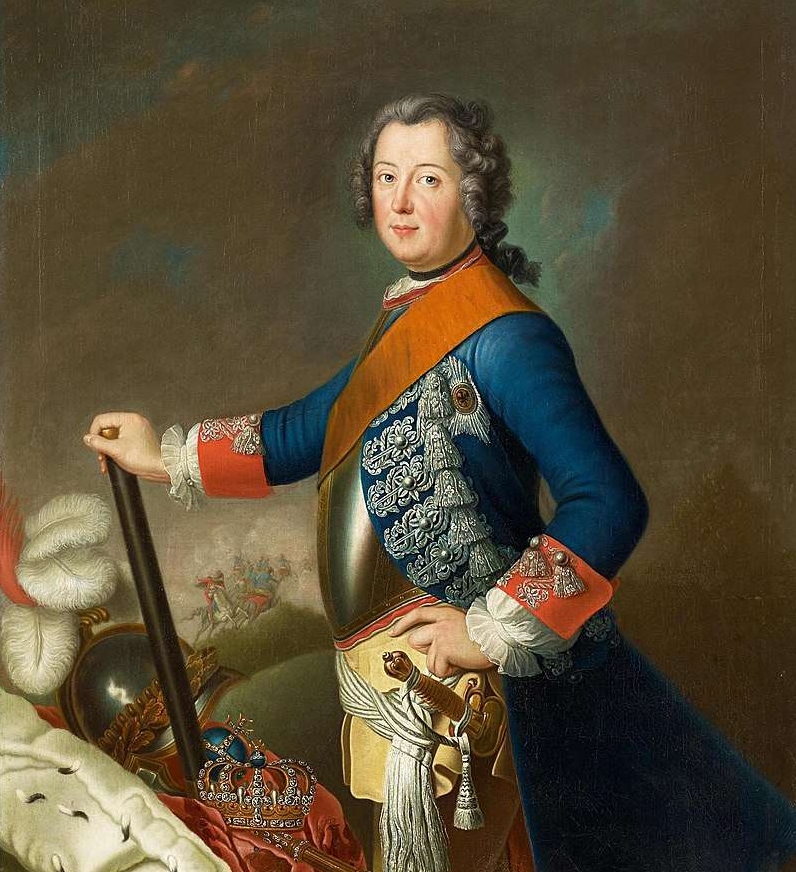
Image: Frederick II of Prussia in armor, circa 1740s (public domain)
Frederick William I died in 1740 after a long illness. His son, Frederick II, ascended the throne—bearing the psychological scars of his upbringing.
Although he retained many of his father’s military policies, he fused them with Enlightenment values. He promoted law, philosophy, and the arts, transforming Prussia into a modern, sophisticated state.
The Potsdam Giants did not survive this transformation.
To Frederick II, the regiment was not just impractical—it was a grotesque symbol of his father’s tyranny and obsession. He gradually disbanded the unit, integrating some members into regular forces and allowing others to fade into obscurity.
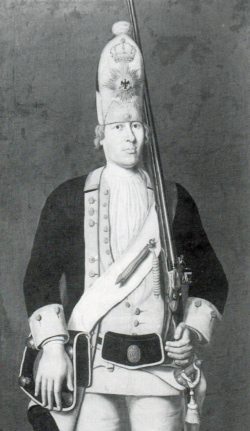
Image: A Norwegian-born giant who served in the “Red Guard Battalion” (public domain)
Some of the Giants died in battle. Others simply disappeared from historical records.
The regiment, once a living manifestation of its founder’s will, was no longer necessary—nor welcome—in Frederick’s rationalist kingdom.
【A Legacy of Power and Pathology】
Frederick William I’s devotion to discipline and economy earned him nicknames like “the Soldier King” and “the Penny King.” But beneath his structured vision lay a deeply personal compulsion—his fascination with tall soldiers.
The regiment he created out of this obsession cannot be dismissed as a historical curiosity. It reflected the complex tensions between absolutism and Enlightenment, spectacle and efficiency, command and compassion.
At the heart of the story lies a father and son divided—not only by ideology but by the trauma of love and control.
While Frederick William sought to forge a nation of soldiers, Frederick II aimed to lead a kingdom of philosophers and laws.
In the rise and fall of the Potsdam Giants, we see not just the quirks of a king—but the soul of an era struggling between order and freedom.
Sources:
Thomas Carlyle, History of Friedrich II of Prussia, Called Frederick the Great
So Terrifying You’ll Despair?! The Dark Side of Western History (Japanese original, translated by Kusano Mido Editorial Team)
Written by himiko


